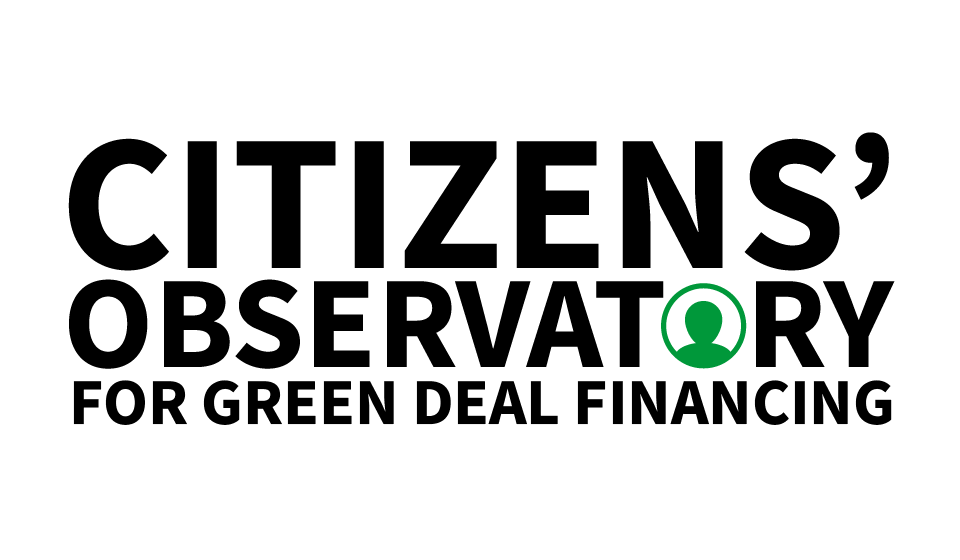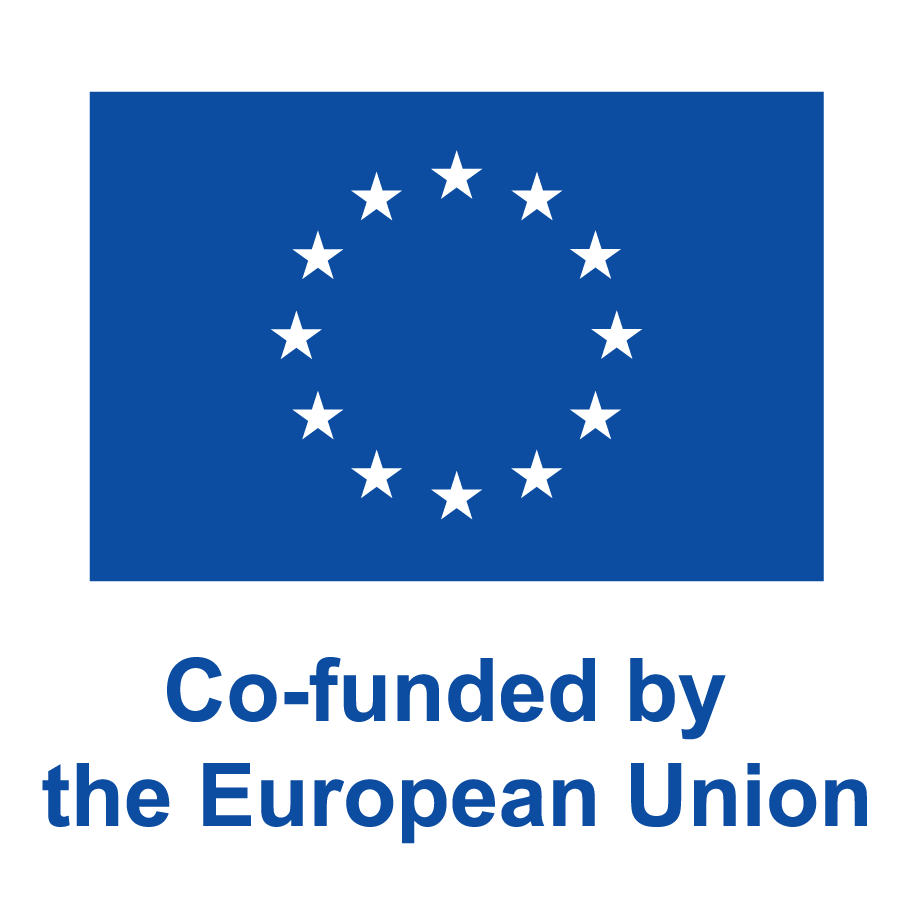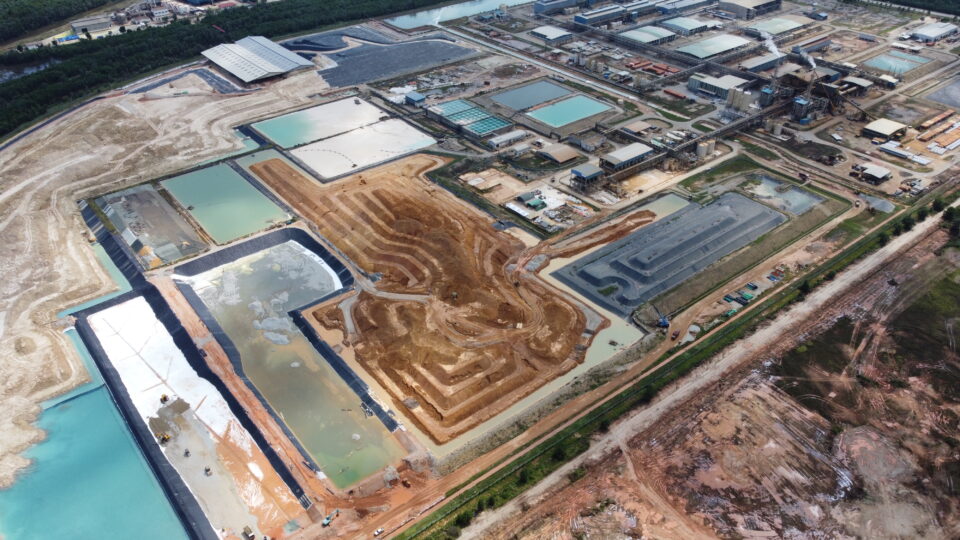A map created by the Debt Observatory in Globalization in collaboration with the Environmental Justice Atlas of ICTA-UAB, the Institute for Policy Studies and CRAAD-OI Madagascar, documents 28 social and environmental conflicts derived from the extraction, processing and recycling of these minerals.
Impacts on water, soil, air and health, lack of transparency and participation in decision-making, human rights violations, criminalization and violence against communities are some of the effects documented along Rare Earths supply chains, according to the “Rare Earths Impacts and Conflicts Map”.
China, Chile, Brazil, Finland, Greenland, India, Kenya, Madagascar, Malaysia, Malawi, Myanmar, New Zealand, Norway, Spain, and Sweden, are some of the scenes of these conflicts, which will be exacerbated as the demand for these minerals increases. As the EU Critical Raw Materials Act points out, Rare Earths are strategic for the green and digital transition, and also for defense and the aerospace industry.
What are Rare Earths and why do they matter?
Rare-earth elements (REEs) are a group of 17 chemical elements considered critical for digitalization and for the energy transition. They have unique magnetic, optical and electronic properties that make them crucial for wind turbines, solar panels, electric vehicles, LED and LCD screens, but also to produce aircraft, missiles, satellites andcommunications systems.
The International Energy Agency (IEA) suggests that to meet Net Zero Emissions goals the extraction of REEs would have to increase by a factor of 10 by 2030. Indeed, production has already increased by more than 85% between 2017 and 2020, driven mainly by the demand for permanent magnets for electric vehicles and wind power technology.
A transition far from being just
While the central question for industrialized economies has remained how to urgently secure the sources that can meet a booming demand of critical materials for a green and digital transition, the REE Impacts and Conflicts Map highlights the increasingly unsustainable and unjust distribution of environmental, social and health burdens on communities across REE global supply chains. Some questions need to be urgently addressed, such as:
- How can we envision environmentally just and sustainable energy transition and digitalization processes that do not exacerbate unjust and unsustainable practices or violate human rights?
- How can we challenge and rethink energy demand scenarios (energy for what, for whom, at what cost) and establish clear limits?
- How can we rethink industrial design (prolonging product lifespan, increasing recycling and decreasing e-waste, waste generation and energy use)?
- How can we develop energy transition policies that do not push aside environmental, social, or participation rights in the name of climate urgency (for instance, looking for solutions beyond technological fixes)?
- How can we ensure that this transition takes biophysical limits into account?
Online presentation
- Lee Tan, Aid Watch, Australia
See recording of the webinar. To see the slides, click here.
PLEASE NOTE: This report is part of the project Citizens’ Observatory for Green Deal Financing, funded by the European Union. Views and opinions expressed are however those of the authors only and do not necessarily reflect those of the European Union or the European Education and Culture Executive Agency (EACEA). Neither the European Union nor EACEA can be held responsible fo r them.
r them.
